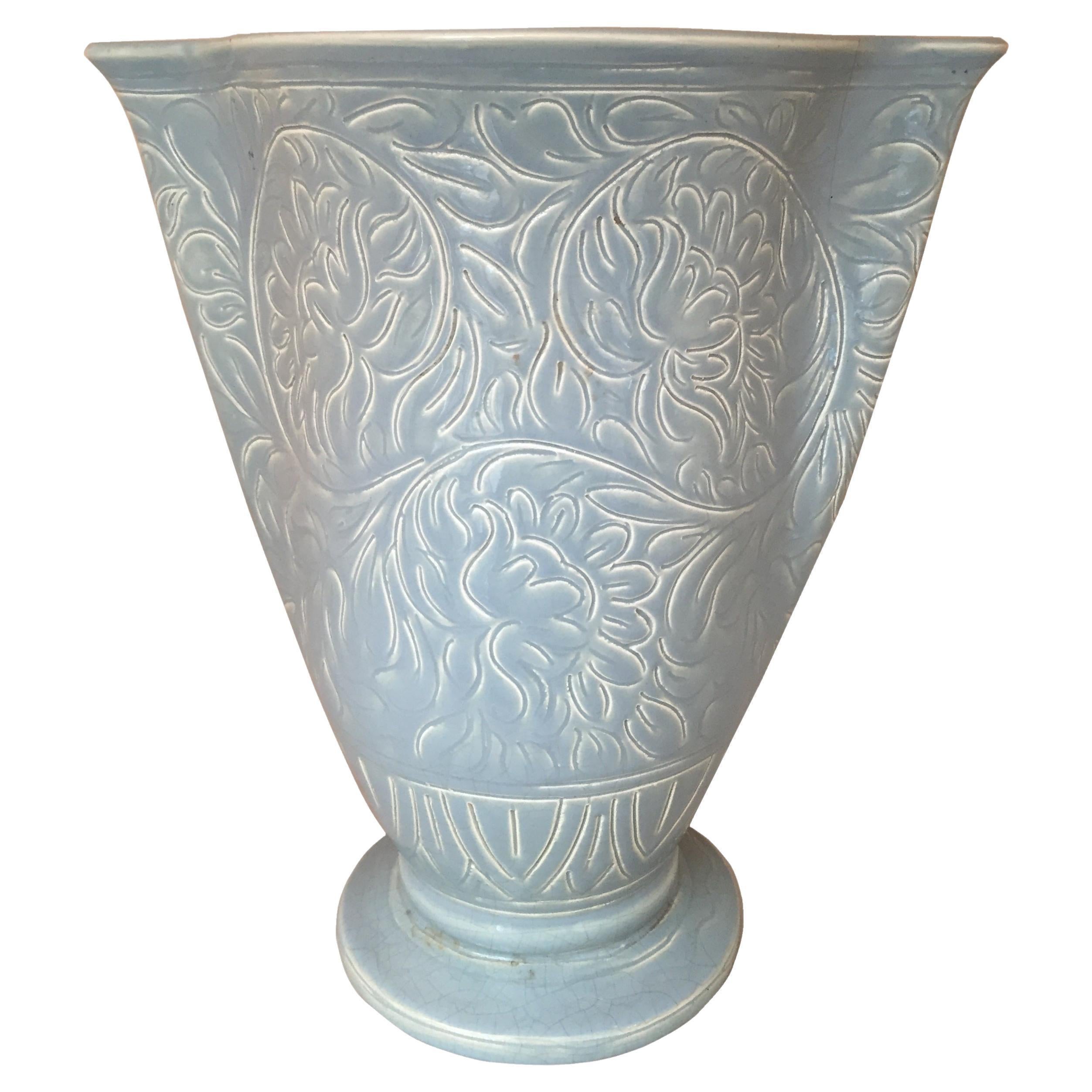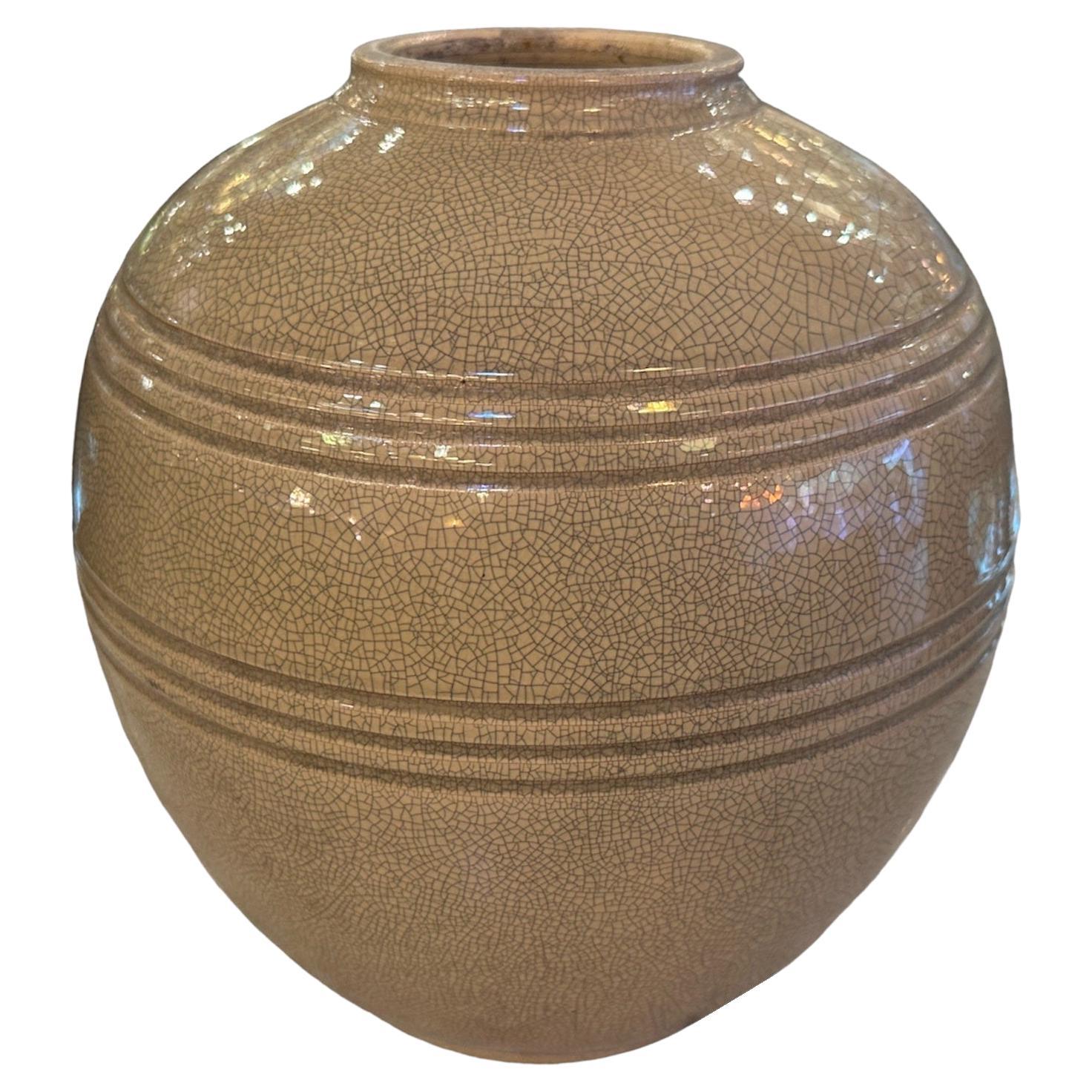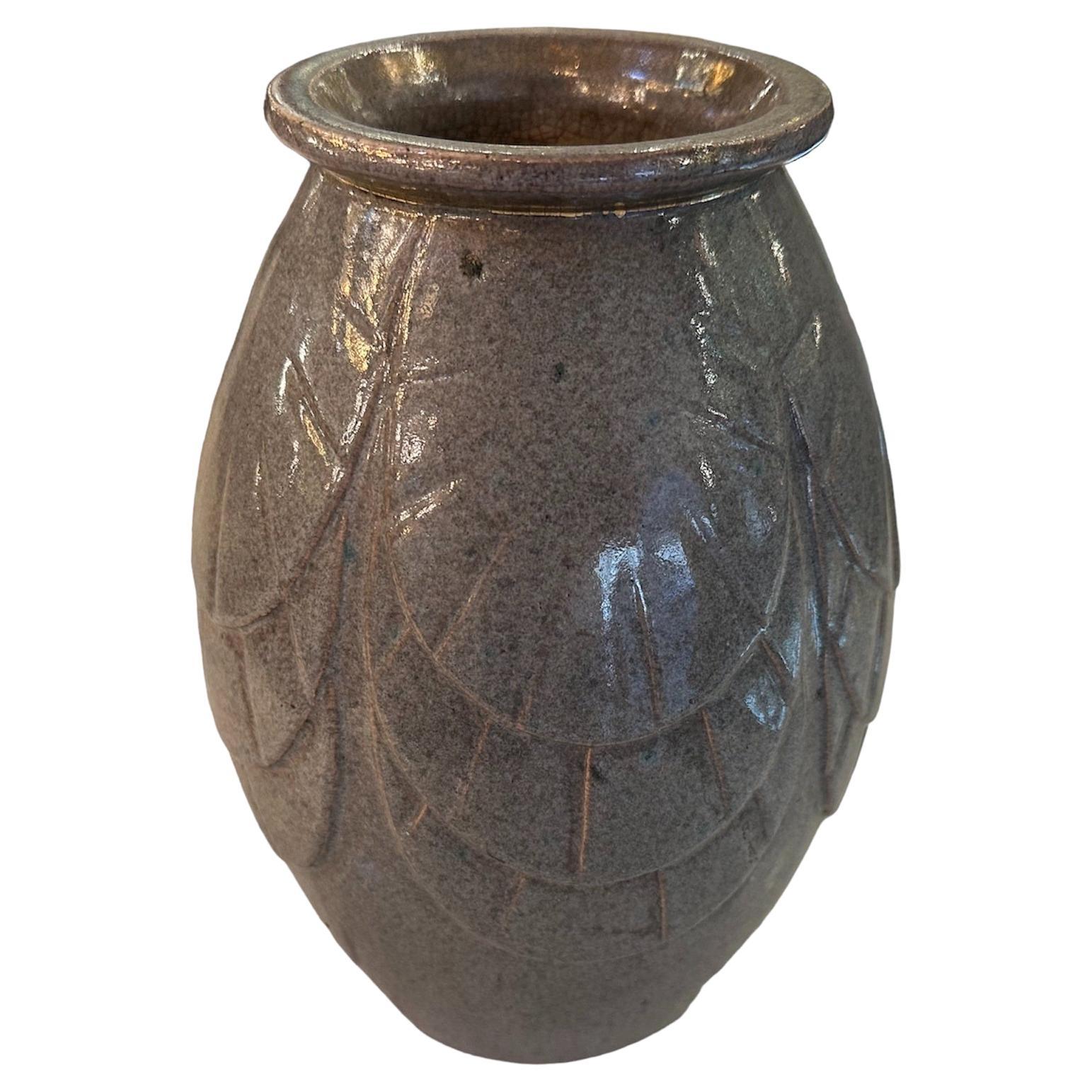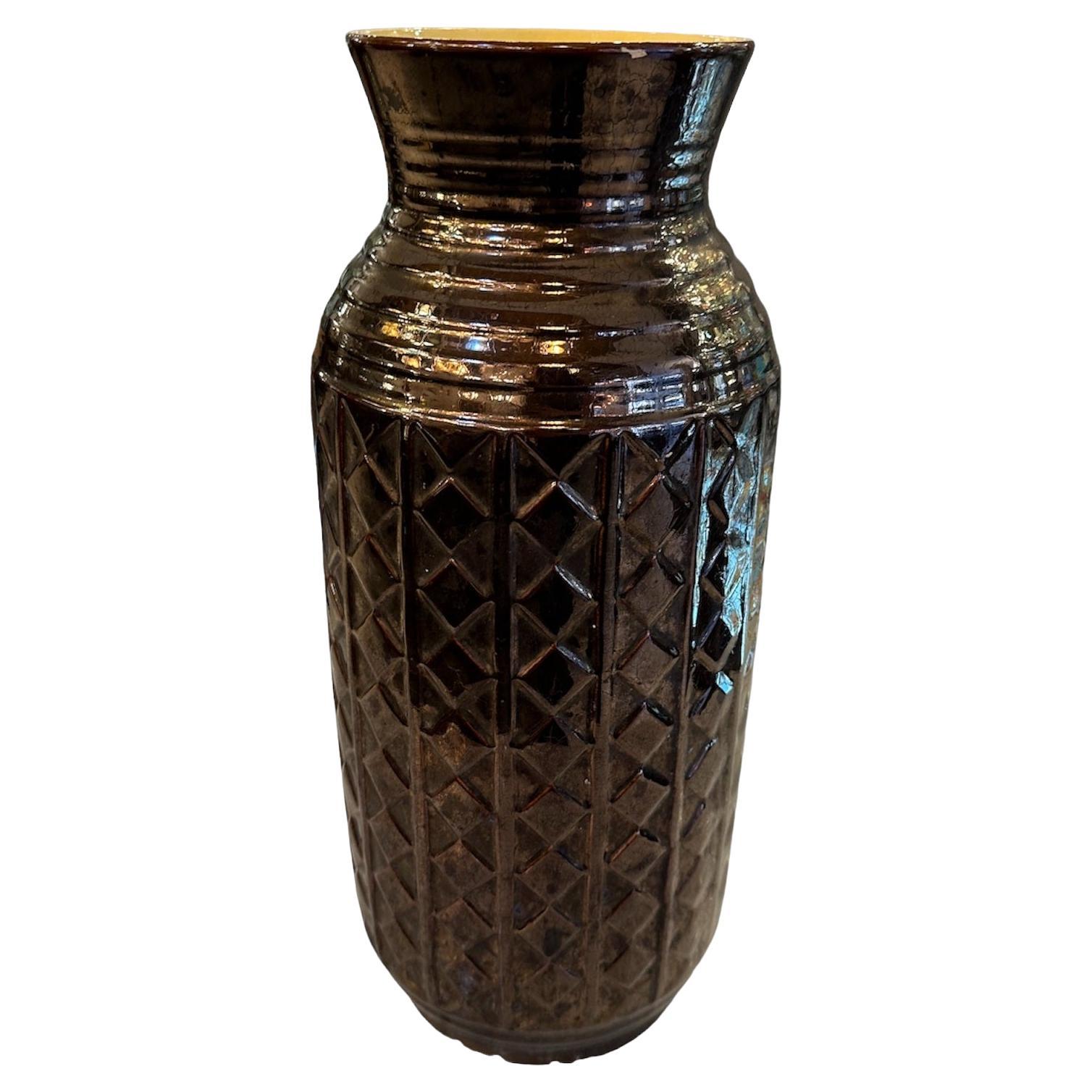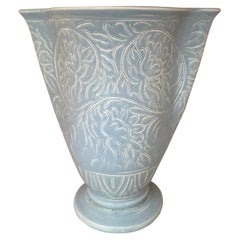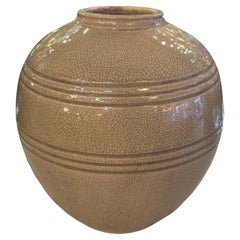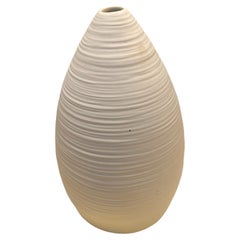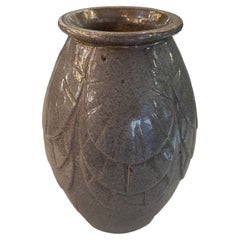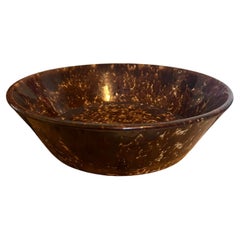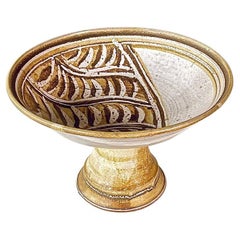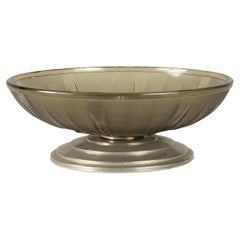Items Similar to Ceramic Made in England
Video Loading
Want more images or videos?
Request additional images or videos from the seller
1 of 22
Ceramic Made in England
$4,400
£3,324.93
€3,839.48
CA$6,148.34
A$6,822.10
CHF 3,573.56
MX$83,657.22
NOK 45,454.46
SEK 42,907.08
DKK 28,633.44
Shipping
Retrieving quote...The 1stDibs Promise:
Authenticity Guarantee,
Money-Back Guarantee,
24-Hour Cancellation
About the Item
Ceramic Sign : Made in England
We have specialized in the sale of Art Deco and Art Nouveau and Vintage styles since 1982. If you have any questions we are at your disposal.
Pushing the button that reads 'View All From Seller'. And you can see more objects to the style for sale.
Why are there so many antiques in Argentina?
In the 1880 – 1940 there was a grate wave of immigration encouraged by the periods of war that were taking place.
1st World War took place between 1914 and 1918
2nd World War took place between 1939 and 1945
The immigrants options were New York or Buenos Aires. Tickets were cheap and in Buenos Aires they were welcomed with open arms, as it was a country where everything was still to be done.
Argentina was the country of new opportunities, labour was needed and religious freedom was assured, in many cases the of the family travel first until they were settled and then the rest of the family members join them.
In the immigrant museum “Ellis Island Immigrant Building” in New York you can se the promotional posters of the boats that would take them to a new life.
Between the years 1895 and 1896, Argentina had the highest DGP (gross domestic product) per capita in the world according to the Maddison Historical Statistics index, this situation arose due to the large amount of food being exported to European countries, which were at war.
The Argentinean ships left the port of Buenos Aires with food, but they returned with furniture, clothes and construction elements, (it´s common to see this the old buildings of the historic neighbourhood of San Telmo, the beams with the inscription “Made in England)”, as well as many markets that were built in Buenos Aires, such us the San Telmo Market, whose structure was brought by ship and afterwards assembled in 900 Defensa Street.
With the great influence of European immigrants living in the country, the children of the upper classes travelled to study in France, resulting in the inauguration of “La Maison Argentinienne”, on 27th of June 1928, in the international city of Paris, which hosted many Argentinians that were studying in Frace.
It´s the fourth house to be built after France, Canada and Belgium, being the first Spanish-speaking one. Still in place today (17 Bd Jourdan, 75014, Paris, France). Many of the children of these wealthy families who attended international art exhibitions, museums and art courses abroad, took a keen interest in the European style. This is why Buenos Aires was at the time referred as “The Paris of South America”.
Between the years 1890 and 1920 more than a hundred Palaces were built on Alvear Avenue the most exclusive avenue in Buenos Aires. Today some of these palaces have been transformed into museums, hotels and embassies.
In the year 1936, the Kavanagh building was inaugurated, it was the tallest reinforced concrete building in South America.
During 1994 the American Society of Civil Engineers distinguished it as an “international engineering milestone”, and it´s now considered a World Heritage of Modern Architecture.
At the time was common to hire foreign architects such as Le Corbusier, who visited Buenos Aires/Argentina in 1929 and in 1948 he drew up the blueprints for a house built in La Plata City (which was declared a World Heritage Site).
In 1947, the Hungarian architect Marcelo Breuer designed “Parador Ariston” in the seaside city of Mar del Plata. After an Argentinean student at Harvard University convinced him to come to Argentina. He worked on an urban development project in the Casa Amarilla, area of La Boca.
The Ukrainian architect, Vladimiro Acosta, arrives in Argentina in 1928 and worked as an architect until que moved to Brazil.
Antonio Bonet, a Spanish architect who worked with Le Corbusier in Paris, arrives in Argentina in 1937, where he carried out several architectural works and in 1938 designs the well-known BFK chair.
Andres Kálnay, of Hungarian origin, made around 120 architectural masterpieces, among which the former Munich brewery stands out, he even made the furniture’s design.
The German architect, Walter Gropius, director of the Bauhaus, lived in Argentina, where he wrote articles for “Sur” magazine and founded in Buenos Aires, an architectural firm with Franz Möller, who was also an architect, where he built two houses.
At the same time several famous designers decided to immigrate to Argentina, among them we can find the well-known French designer, Jean-Michel Frank, who arrived in the country in 1940 and also worked for the Rockefeller family.
Special pieces were made, which were sold exclusively in the country, such as the well-known German company “WMF”, who sold their products by catalogue, which were chosen by the ladies of high society in the list of wedding gifts, as well as the pieces designed by Christofle.
The Swiss sculptor Alberto Giacometti, made special pieces for Argentinean mansions.
In 1904 the first Jansen branch outside Paris was established in Buenos Aires, as the Argentinean clientele demanded a large amount of furniture, from the end of the 19th century to the mid-20th century.
In 1970, the brand Rigolleau Argentina made pieces authorised by Lalique.
The brands Maple and Thompson also set up shop in the country.
The French plastic artist, Marcel Duchamp moved to Argentina in 1918-1919.
Glass signed Gallé, Charder, Leverre, Schneider, Muller and other French firms. They were bought in flower shops and were given to ladies with beautiful floral arrangements.
Some furniture manufacturers travelled to international fairs and bough the patterns to produce the furniture in Argentina, such as the furniture firm Englander and Bonta, who bought the patterns ins Italy.
It is worth mentioning that in Argentina we have the largest community of Italians outside of Italy, as it is estimated that 70 percent of the inhabitants have at least one Italian descendant, followed by Spanish immigrants.
The most Important furniture stores in Argentina:
Comte is founded in 1934 (under the direct management of Jean Michel Frank in 1940).
Nordiska (Swedish company established in 1934).
Churba in 1960, a company that brought foreign designers to present their furniture in the country:
Denmark: (Arne Jacobsen, Finn Juhl, Bender Madsen, Ejner Larsen, Poul Kjaerholm, Hans Wegner)
Sweden: (Hans Agne Jakobsson, Gustavsberg)
United States: (Herman Miller)
Finland: (Lisa Johansson, Folke Arstrom, Tapio Wirkkala, Alvar Aalto, Timo Sarpaneva)
Swedish Factory: (Orrefors)
Italy: (Littala, Vico Magistretti, Emma Gismondi, Gae Aulenti, Angelo Mangiarotti, Elio Martinelli, Gianna Celada, Angelo Mangiarotti, Mario Bellini, Carlo Scarpa)
Finland: (Olivia Toikka)
Plata Lappas (Lappas Silver): a goldsmith shop founded in 1887 in Argentina by Alcibiades Lappas of Greek origin.
In 2019, in Argentina took place “the Art Deco world congress”, in which we participated as hosts invited by Geo Darder, founder of the Copperbridge – Foundation, in which prominent people from all over the world attended to learn about Art Deco in Argentina.
Argentina currently has more than 100 Art Deco buildings and another 90 Art Nouveau buildings throughout the city of Buenos Aires.
Argentina is a country that has not been involved in many wars, which is why it has been a refuge for works of art and antiques from different periods of time, unlike European countries. That is way many collectors, museums and antique dealers from all over the world visit it, you should not miss the opportunity to visit this great country.
Laura Guevara Kjuder, architect.
- Dimensions:Height: 12.6 in (32 cm)Width: 10.63 in (27 cm)Depth: 6.7 in (17 cm)
- Style:Mid-Century Modern (Of the Period)
- Materials and Techniques:
- Place of Origin:
- Period:
- Date of Manufacture:1940
- Condition:Wear consistent with age and use.
- Seller Location:Ciudad Autónoma Buenos Aires, AR
- Reference Number:Seller: C-071stDibs: LU6785237679042
About the Seller
5.0
Vetted Professional Seller
Every seller passes strict standards for authenticity and reliability
Established in 1982
1stDibs seller since 2022
37 sales on 1stDibs
Typical response time: <1 hour
- ShippingRetrieving quote...Shipping from: Ciudad Autónoma Buenos Aires, Argentina
- Return Policy
Authenticity Guarantee
In the unlikely event there’s an issue with an item’s authenticity, contact us within 1 year for a full refund. DetailsMoney-Back Guarantee
If your item is not as described, is damaged in transit, or does not arrive, contact us within 7 days for a full refund. Details24-Hour Cancellation
You have a 24-hour grace period in which to reconsider your purchase, with no questions asked.Vetted Professional Sellers
Our world-class sellers must adhere to strict standards for service and quality, maintaining the integrity of our listings.Price-Match Guarantee
If you find that a seller listed the same item for a lower price elsewhere, we’ll match it.Trusted Global Delivery
Our best-in-class carrier network provides specialized shipping options worldwide, including custom delivery.More From This Seller
View AllCeramic England
Located in Ciudad Autónoma Buenos Aires, C
Ceramic Sign : Made in England Beswich 789
The History of Beswick Pottery
Established in 1894, Beswick pottery is a fine example of quality British design and manufacturing. Origin...
Category
Vintage 1950s English Mid-Century Modern Centerpieces
Materials
Ceramic
$3,300
Ceramic, France, 1950
Located in Ciudad Autónoma Buenos Aires, C
We have specialized in the sale of Art Deco and Art Nouveau and Vintage styles since 1982. If you have any questions we are at your disposal.
Pushing the button that reads 'View All ...
Category
Vintage 1950s French Mid-Century Modern Centerpieces
Materials
Ceramic
$3,100
Ceramic, 1970
Located in Ciudad Autónoma Buenos Aires, C
We have specialized in the sale of Art Deco and Art Nouveau and Vintage styles since 1982. If you have any questions we are at your disposal.
Pushing the button that reads 'View All...
Category
Vintage 1970s French Mid-Century Modern Centerpieces
Materials
Ceramic
$1,800
Ceramic , France, 1940. Sign: Made in France , Bourguet
Located in Ciudad Autónoma Buenos Aires, C
Sign: Made in France
We have specialized in the sale of Art Deco and Art Nouveau and Vintage styles since 1982. If you have any questions we are at your disposal.
Pushing the button ...
Category
Vintage 1940s French Art Deco Centerpieces
Materials
Ceramic
Big Ceramic , made in German, Sign: E.142
Located in Ciudad Autónoma Buenos Aires, C
Ceramic
We have specialized in the sale of Art Deco and Art Nouveau and Vintage styles since 1982. If you have any questions we are at your disposal.
Pushing the button that reads 'V...
Category
Vintage 1960s German Mid-Century Modern Centerpieces
Materials
Ceramic
Ceramic German
Located in Ciudad Autónoma Buenos Aires, C
Ceramic
We have specialized in the sale of Art Deco and Art Nouveau and Vintage styles since 1982. If you have any questions we are at your disposal.
Pushing the button that reads ...
Category
Vintage 1960s German Mid-Century Modern Centerpieces
Materials
Ceramic
$3,700
You May Also Like
Metal Planter, circa 1960
Located in Barcelona, ES
Metal planter, circa 1960 Manufactured in Spain. In original condition, with minor wear consistent of age and use, preserving a beautiful patina. Material: Metal.
Category
Vintage 1960s Spanish Mid-Century Modern Ceramics
Materials
Metal
$298 Sale Price
73% Off
Antique Rockingham pottery late 19th century
Located in Seattle, WA
Antique yellow ware sponge ware rockingham pottery bowl. Late 19th Century. Vintage Condition as pictured. Listing is for described item only. Box H3
Dimensions. 10”W ; 10 “D ; 3.5”H
Category
Vintage 1970s Mid-Century Modern Decorative Bowls
Materials
Pottery
Mid-Century Modern Ceramic Footed Bowl
Located in Los Angeles, CA
Condition: Original Vintage Condition
Designer: Signed
Manufacturer: Signed
Materials: Glazed Ceramic
This vintage bowl features a round, shallow bowl shape set upon a pedestal foo...
Category
Vintage 1960s American Mid-Century Modern Decorative Bowls
Materials
Ceramic
Art Deco Glass Centerpiece, 20th Century
Located in Lisbon, PT
A Greyish glass centerpiece in smoked glass with metal base with pedestal
Category
20th Century French Art Deco Centerpieces
Materials
Metal
$1,858 Sale Price
22% Off
Vintage Boho Monumental Art Glass Bowl
Located in West Palm Beach, FL
This vintage monumental art glass bowl exudes sophistication and timeless appeal. Crafted with an exquisite boho aesthetic, its rich amber tones and rippled surface radiate elegance,...
Category
Late 20th Century Italian Mid-Century Modern Decorative Bowls
Materials
Art Glass
An Art Deco Vase Designed by Kieth Murray for Wedgewood
By Wedgwood
Located in Forest Row, East Sussex
An Art Deco cream earthenware vase. Designed by K.Murray for Wedgwood. Stamped to base.
Origin: English
Date: Circa 1935
Category
Early 20th Century Art Deco Ceramics
Materials
Stoneware
More Ways To Browse
Hungary Ceramic
Giovanni Salviati
Edwardian Silver Epergne
Epergne Crystal Bowls
Sweetmeat Stand
Vintage Fruit Baskets
Visiting Card Tray
Baccarat Compote
Cut Glass Epergne Bowl
Bowl On Stand Cherubs
Czech Punch Bowl
Fos Ceramics
Russian Silver And Enamel Kovsh
Piero Figura
Porcelain Epergne
Silver Cake Plateau
Baccarat Epergne
Brass Epergne
